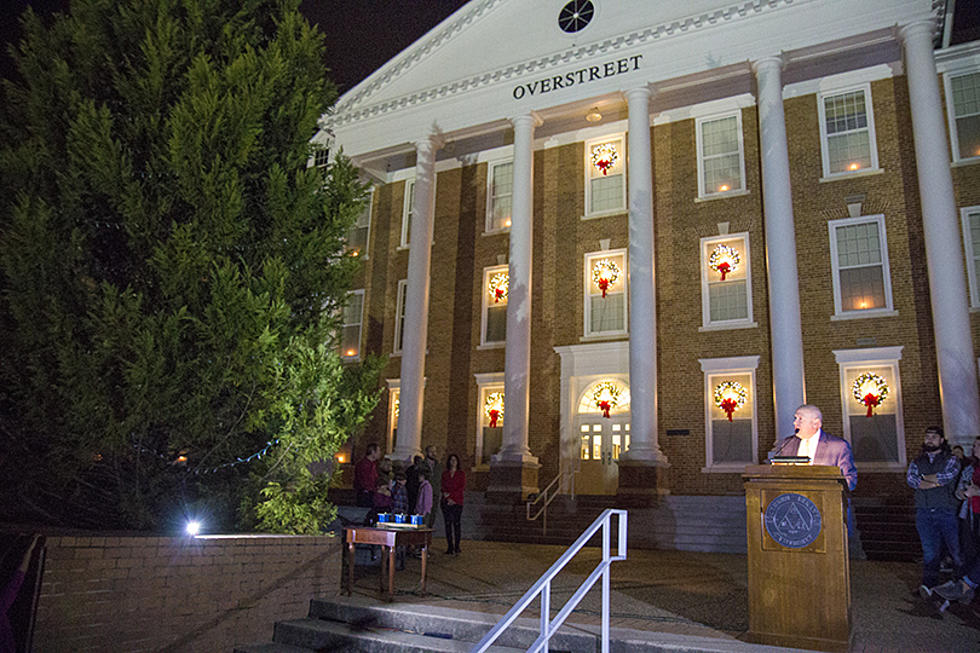
Graduate Student From Little Rock Ark. Goes on Scientific Voyage to Antarctica
A 2016 graduate of Southern Arkansas University joined a group of scientists in April for a 65-day expedition to the Ross Sea in one of the harshest and most remote areas in the world – Antarctica.
According to a press release, Casey O’Hara, of Little Rock, Ark., was among the two dozen scientists who set sail from Lyttleton, New Zealand, for Antarctica on April 10. O’Hara said the expedition aimed to discover why, at a time when most polar areas are shrinking, the Ross Sea is covered with more ice than at any time in the past 30 years.
For more than two months, her home was the RVIB Nathaniel B. Palmer, a 308-foot-long U.S. icebreaker capable of cracking through three feet of level ice. O’Hara, a graduate student studying oceanography at Old Dominion University in Norfolk, Va., was part of the PIPERS (Polynyas, Ice Production and Seasonal Evolution in the Ross Sea) expedition, comprised of multiple research groups with scientists from eight countries. The group encountered harsh wintertime conditions at the bottom of the world: round-the-clock darkness, lacerating winds and heavy sea ice.
According to Science magazine, the expedition represented the “first winter research voyage into the Ross in nearly 20 years. The lure is the prospect of a better understanding of how the Sea’s harsh winters give birth to its floating ice, which has expanded even as ice packs in the Arctic and some other parts of Antarctica have shrunk.”
“The Old Dominion group (which included O’Hara) was interested in collecting seawater samples in order to determine iron concentrations to discover how these measurements are impacted by vertical mixing and sea ice formation during Antarctic winter,” she said. “I prepared for the cruise by cleaning sampling equipment and stocking up on warm layers of clothing.”
The NBP served as “home, lab space, gym, cafeteria, and lounge on our trip,” she said. “We only got off the ship when there were ice stations for conducting research on ice thick enough to walk around on.”
O’Hara described the expedition as “beautiful. There was ice everywhere and brilliant green auroras, and wildlife I’d never seen before – penguins, seals, and Albatrosses!
Collecting seawater samples was vital to the research because “iron is an essential element in the summer months in the Southern Ocean surrounding Antarctica,” O’Hara said. “Phytoplankton utilizes this iron … to photosynthesize, which helps regulate carbon dioxide in the atmosphere,” she said. “There is not a well-established understanding of iron sources in the Southern Ocean, which is why this research is important.”
O’Hara graduated from SAU in Magnolia with a BS in chemistry emphasizing instrumental analysis. O’Hara is currently working on her coursework and beginning her thesis at ODU.
More From Kicker 102.5









